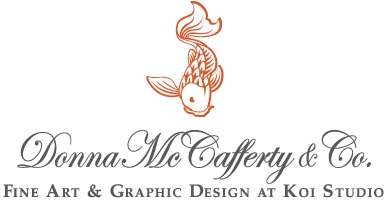Seeing through the Artist’s Eyes
As far back as I remember, I saw things differently than most. Vivid memories of the the foot prints on the beach and blue shadows that cought my curiosity. I like to tell the story of my Grandfather and I on the back deck talking about life. I pointed to the woods and said “look at the evening sun pouring through the leaves - - look at all the lights and shadows waving colors across the trees.” With a long pause he studied my area of observation for a moment and calmly said “What are you talking about…all I see is a bunch of twigs and trees”. That was my ahha moment that made me realize I was a born with a unique visual perspective on life. In my day they called my personality type “Artsy” To me that used to be an insult. Looking back, I consider it a blessing.
Today, I feel gifted and more so, “blessed”. I continue to observe the very little details that explain why a things look the way they do and the ability, in turn, to put it on canvas. I very rarely just watch a crowd. I see similar features and bone structure in families and try to guess who is related to who. I see water drops on glasses casting blue and purple shadow with highlights of yellow and orange from the curtains across the room. I often stop to just figure out how I would capture something if I were painting at that moment.
In my teaching I tell my students to take observation to the next level. Be a scientist and explore not just the how, explore further to “the why”. If you can explain why it is the way it is, then just maybe you can it explain it better on canvas. For instance why does the vase look like glazed pottery and the cloth it sits on look like a soft tea towel. Take a minute and think of the light bouncing off the shiny surface of the glazed vase. It has quick reflection of light next to a hard shadow of the apple next to it. The cloth looks soft because the lights roll into the shadows only absorbing the brightest lights. Capture the “ness” of the softness and the shiny of the shinyness. Then you will feel the results. Better yet - the audience will capture the feeling too.
Training your eyes to see things in an “artsy” way will help you become a better artist. Being observant takes time. Don’t just dive into your painting or drawing, but take your time and observe first. Research, touch and feel, understand and sketch. Get to know your subject as if you just saw it for the first time ever.
This is what artist’s eyes see.
